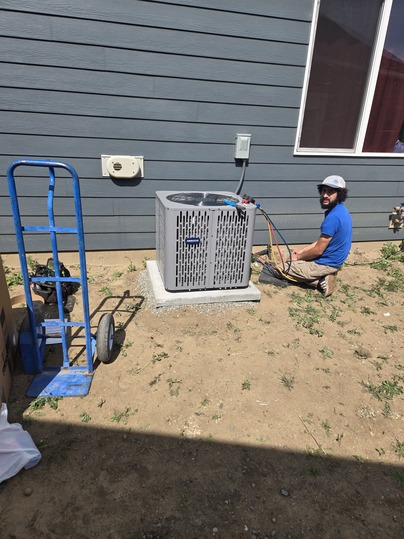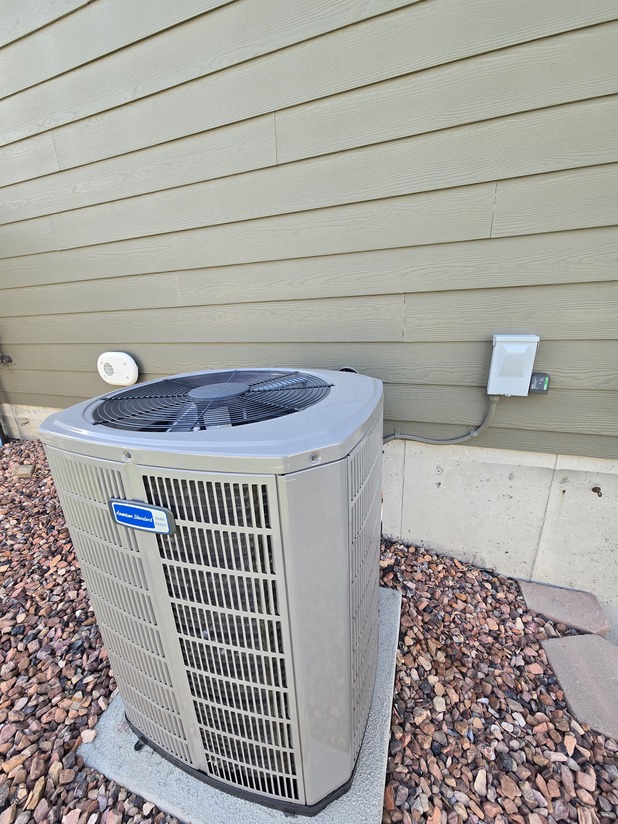Understanding the Importance of Emergency Furnace Repair
Few things are more stressful than realizing your furnace has stopped working on a freezing winter night. Suddenly, your warm, comfortable home feels like an icebox. That’s when emergency furnace repair becomes more than just a service; it’s a lifeline.
When temperatures plummet, your heating system isn’t just about comfort; it’s about safety. A malfunctioning furnace can lead to frozen pipes, poor indoor air quality, or even dangerous carbon monoxide leaks. Acting fast can make all the difference between a simple repair and a costly replacement.
Modern furnaces are complex systems made up of intricate parts of burners, blowers, igniters, and sensors. A small fault in any of these components can bring the whole system to a halt. Understanding how to recognize warning signs early can save you both time and money in the long run.
Common Signs You Need Emergency Furnace Repair
Your furnace often gives off warning signals before it completely breaks down. Here are some key indicators that you may need immediate professional help:
- Unusual noises: If your furnace starts making banging, screeching, or rattling sounds, something’s wrong internally.
- Weak or no airflow: Poor airflow could mean a failing motor or blocked filter.
- Strange odors: A burning or metallic smell could signal electrical problems or overheating.
- Rapid cycling: If your furnace turns on and off frequently, it’s struggling to maintain temperature.
- Rising energy bills: A sudden spike in your energy bill often points to an inefficient system.
Ignoring these red flags can make the problem worse. Instead, call a professional technician right away to diagnose and fix the issue safely.
What to Expect During an Emergency Furnace Repair Service
When you call for emergency furnace repair, a trained technician will respond quickly to assess and restore your system. Here’s what typically happens during a service visit:
- Initial inspection: The technician checks your furnace for visible signs of damage or malfunction.
- Diagnostic testing: Using advanced tools, they identify the root cause of the issue whether it’s a broken ignition system, a clogged air filter, or a malfunctioning thermostat.
- Immediate repair or temporary fix: If possible, the technician performs an immediate fix. In some cases, they may apply a temporary solution to keep your home warm until parts arrive.
- Safety check: After repair, they ensure your furnace runs safely and efficiently, inspecting carbon monoxide leaks or ventilation issues.
💡 Pro tip: Keep your furnace area clear and replace filters regularly to prevent sudden breakdowns.
How to Prevent Furnace Emergencies in the Future
While some furnace problems happen unexpectedly, most emergencies can be avoided with regular maintenance. Scheduling annual tuneups is one of the best ways to keep your heating system in top shape. During maintenance, a technician cleans components, checks airflow, and ensures everything functions smoothly.
Other helpful prevention steps include:
- Changing air filters every 13 months.
- Keeping vents and ducts free from dust or debris.
- Install a carbon monoxide detector near your furnace.
- Watching for unusual furnace performance or temperature inconsistencies.
Taking these proactive steps can help extend your furnace’s lifespan and reduce the risk of sudden breakdowns.

Conclusion:
When your heating system fails, quick action is critical. Whether it’s the middle of the night or early morning, emergency furnace repair ensures your home stays warm, and your family remains safe. A professional technician not only restores heat but also inspects your system for long-term reliability.





Leave a Reply